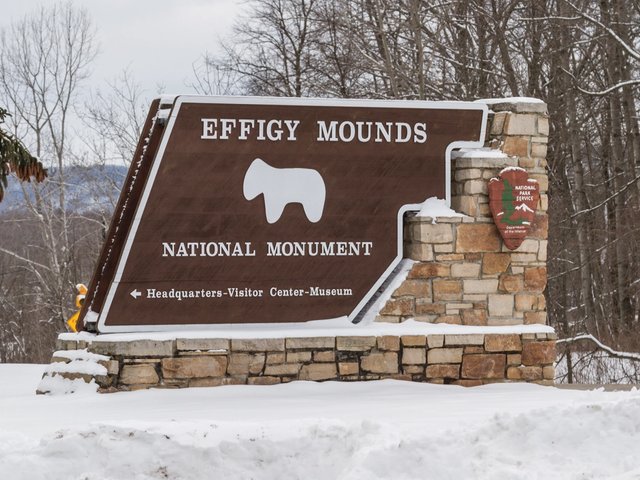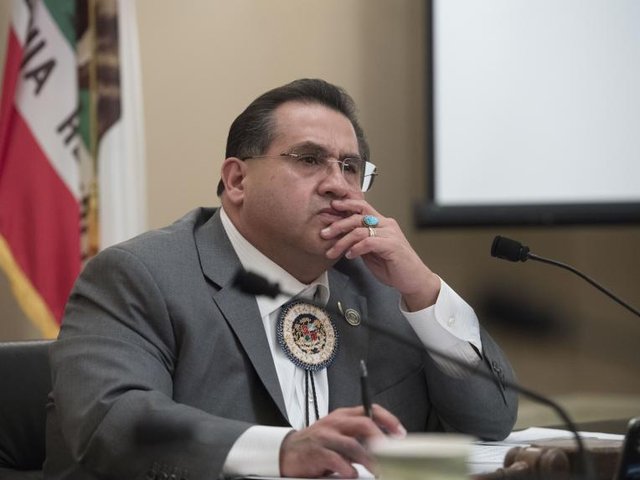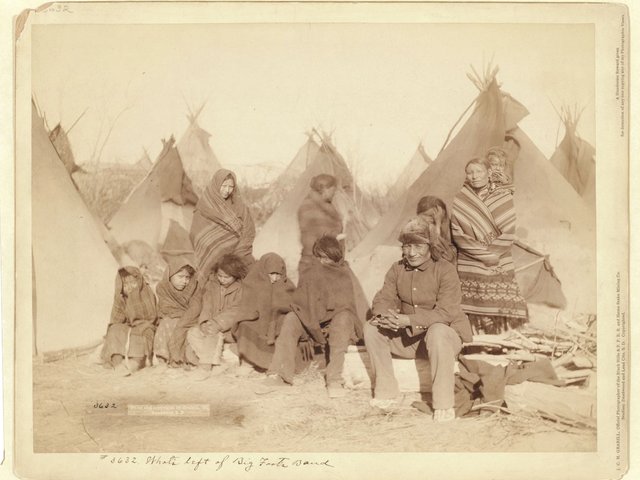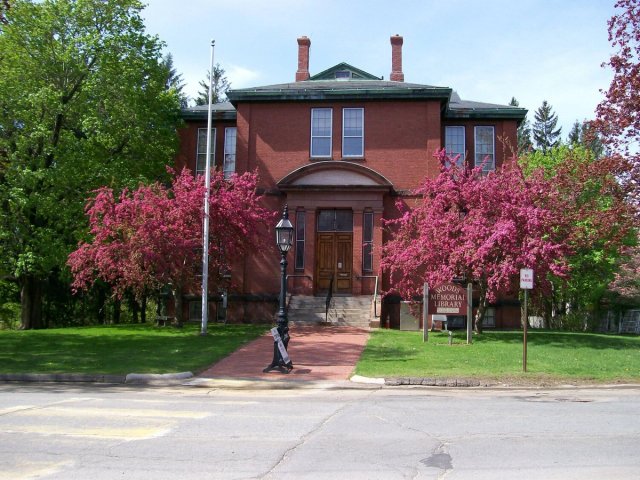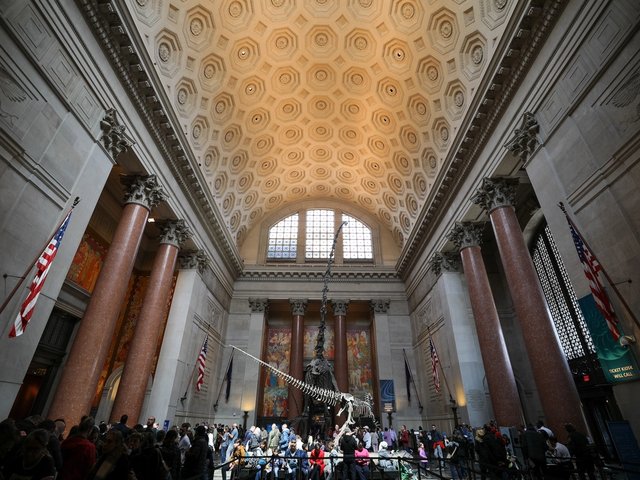Significant revisions to the Native American Graves Protection and Repatriation Act (NAGPRA) announced by the US Department of the Interior (DOI) went into effect this month, prompting museums across the country to cover up their displays of Native American artefacts. The retooled regulations significantly affect how US museums administer, exhibit and ultimately repatriate Native American human remains and sacred artefacts.
The original NAGPRA was passed in 1990, after decades of lobbying by Native American tribes to reclaim their ancestors’ bodies and sacred objects, many of which had been excavated or looted during anthropological fieldwork in the 19th century and held in museums and universities nationwide ever since. NAGPRA’s current reassessment aims to strengthen the law’s enforcement and streamline the repatriation process, establishing new timelines and civil penalties.
While publicly agreeing with the impetus behind these mandates, some museums argue that they are unmanageable.
Updated NAGPRA guidelines require museums to inventory their collections of Native American artefacts in full within the next five years, a timeframe the DOI extended from a two-year timeline outlined in a draft proposal published in 2022. The DOI had temporarily opened a request for public feedback on the proposal, receiving more than 200 responses from museums, non-profits, tribal governments and the general public. (Comments on the final rule—published on 13 December and in effect since 12 January—are now being collected.)
The American Alliance of Museums (AAM) was one of the organisations that raised concerns about the updated NAGPRA proposal last year, stating that its timelines seemed “unachievable for institutions that are still reeling from the devastating impacts of the Covid-19 pandemic on staff and resources”, and adding that prior experience “suggests that the proposed regulations’ estimate of hours and costs for meaningful consultation [with tribes] and for other steps of the process is unrealistic”.
The AAM tells The Art Newspaper that it is still digesting the revisions to the statute. “While the timelines in the final rule are more realistic, the new regulation still poses a substantial challenge for museums, many of which lack adequate resources,” the association notes in a statement. “We hope to see the DOI provide the additional funding required to meet these new mandates.”
Extensions for ‘good faith’ efforts
While NAGPRA applies to all museums that receive federal funds, fewer than 40% of them have rectified their holdings of Native American human remains since the statute was enacted more than three decades ago. This is part of the reason for the new rules. Museums that prove a “good faith” effort to inventory their holdings will be able to request extensions to the new five-year timeline. However, there are no exceptions for several other timelines that were widely contested and have been only slightly extended from the draft proposal.
These inflexible timelines include the following: museums must initiate consultations with tribes within 30 days of acquisitions; requests for repatriation must be acknowledged within 90 days; a transfer must be arranged within 30 days upon agreement; and, if a museum receives competing requests, it must notify the tribes within 14 days and submit a written determination within 180 days. The DOI states that it understands “the objections to the timelines and the concerns about insufficient staffing and funding”, but it remains “committed to clearing a path to expeditious repatriation”.
No similar timelines have been previously enforced. The NAGPRA Review Committee, the Association of Art Museum Directors and other organisations all echoed concerns around the timelines. Most objections claimed that these do not provide adequate time for relationship building and will result in an overwhelming uptick in requests for consultations, placing a greater burden on tribes. Furthermore, according to comments submitted to the DOI, the timelines “underestimate the work required for repatriation”. NAGPRA’s presumed wage for a repatriation professional (between $40 and $67 per hour) has also been an area of dispute, seen as too low for the task at hand.
Going forward, museums must also obtain consent from direct descendants before exhibiting or researching human remains and artefacts subject to NAGPRA in their collections. In preparation for the enactment of the new rules, the Field Museum in Chicago covered several display cases in its halls dedicated to the ancient Americas and the Northwest Coast and Arctic peoples; the cases will remain covered until appropriate consultations can be completed. (Over the years, the Field Museum has repatriated fewer than half of the artefacts in its collection subject to NAGPRA, and it still holds more than 2,000 skeletal and ceremonial objects awaiting requests for repatriation and listed as “culturally unidentifiable”.)
Several other institutions followed suit after 12 January by either removing objects from view or covering their display cases, including the American Museum of Natural History (AMNH) and Metropolitan Museum of Art in New York, Harvard University's Peabody Museum of Archaeology and Ethnology and the Cleveland Museum of Art, according to a report by The New York Times.
Museums have been using the confusion of ‘possession or control’ in the current regulations to not give complete information about the entirety of their collectionsKelly Applegate, Mille Lacs Band of Ojibwe
Possession and control
One contentious aspect of the original NAGPRA legislation was the definition of “possession or control” of Native American artefacts. The DOI was urged to address this in relation to objects currently on loan to other institutions that, therefore, cannot be immediately repatriated. “Museums have been using the confusion of ‘possession or control’ in the current regulations to not give complete information about the entirety of their collections,” wrote Kelly Applegate, the natural resources commissioner of the Mille Lacs Band of Ojibwe, in a comment submitted to the DOI last year. She alleged that major museums were “currently holding onto information about loans that have come out of loan status and other information about agreements with private parties for perpetual loans to prevent NAGPRA’s application”. The DOI has not made changes to the definition of “possession or control”.
Since its enactment, NAGPRA has resulted in less than $60,000 in civil penalties being collected from 20 museums. The DOI has now outlined a base civil penalty of $7,475 for museums that violate the NAGPRA revisions—a fine that could increase based on the ceremonial, cultural, archaeological, historical or commercial value of the materials involved, as well as the damages (economic and otherwise) suffered by direct descendants. Penalties will also be based on the number of prior violations.
The DOI estimates overall costs of between $5m and $30m over the next five years “for museums to provide tribes with the basic information required by the bill” and has acknowledged that “the total cost of repatriation is clearly discretionary”. Since 1990, federal grants totalling only $60m have been given to museums and tribes in order to facilitate the repatriation process under NAGPRA, but more funds are expected in the future. The number of artefacts that have been returned to tribes because of NAGPRA has steadily increased in recent years, growing by 6% in 2023.
Unrecognised tribes excluded
While 574 federally recognised tribes are eligible to make claims over the remains of their ancestors and sacred artefacts under NAGPRA, the law excludes more than 400 unrecognised tribes nationwide that do not have a government-to-government relationship with the US and are not listed by the US Bureau of Indian Affairs. NAGPRA’s new rules remove all reference to tribes without federal recognition and reject claims based on geographic affiliation, which could previously be used to determine tribal origin. The mandate further states that museums are not required to consult with unrecognised tribes, which must work with recognised tribes to issue repatriation requests.
The NAGPRA database currently lists more than 14,000 “culturally unidentifiable” human remains and artefacts that are catalogued through geographic location and collection alone. More than 96,000 Native American human remains are still in museum collections, and 90,803 of those are unaffiliated with a present-day tribe.
While imperfect, the revised NAGPRA regulations are an important step in the right direction.
“The Native American Graves Protection and Repatriation Act is an essential tool for the safe return of sacred objects to the communities from which they were stolen,” the US Secretary of the Interior, Deb Haaland—a member of the Laguna Pueblo and the first Native American to serve as a cabinet secretary—said in a statement in December. “Finalising these changes is an important part of laying the groundwork for the healing of our people.”



